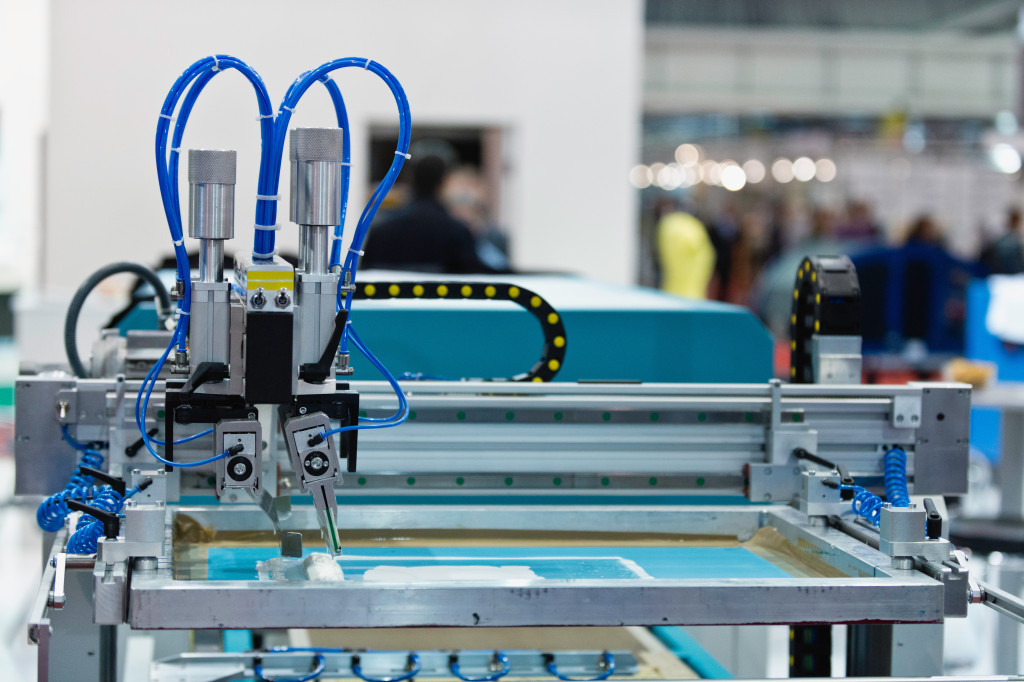We’ve always wanted to gain the capability to produce all sorts of items in the comfort of our home. As a result, many manufacturers are looking for more efficient ways to produce their goods. One particular technology that’s making all of these things possible is 3D printing.
3D printing has been gaining a lot of traction throughout the years. It’s getting the attention of many investors and is currently participating in numerous industries. However, what are the limits of such technology, and what can it do for us in the future?
The History of 3D Printing
The history of 3D printing can be traced back to the 1980s. People were finding ways to build all sorts of items and components using resin. During the early years of 3D printing, it was only available to manufacturers and big businesses. However, as patents start to reach their expiry periods and blueprints become more available to the public, 3D printing becomes widespread.
The first commercial 3D printer became available in 2006. However, it was too expensive for consumers to afford. It was only around 2010 when 3D printers became a lot cheaper to the point that many could start to afford them. Additionally, it was also when materials became a lot more diversified. Nowadays, you can print items using different plastics and filaments. You can also print using carbon and glass fiber!
So now that we’ve looked into the history of 3D printing, it’s time for us to explore what it can do for various businesses.
3D Printing and Businesses
One of the greatest products that a 3D printer has ever printed is a prosthetic leg. It was way back in 2008 when people found ways to efficiently produce prosthetic limbs to be a lot more affordable. Ever since 3D printed prosthetic limbs became available, prices have somewhat decreased, and the goal of 3D printed prosthetic limbs has been reached.
However, 3D printing didn’t stop there. Nowadays, 3D printing is used in various businesses. One particular industry it’s currently turning upside down is the furniture business.
Furniture
The furniture industry has been struggling to cut down costs for manufacturing. Moreover, the sector has been experiencing stale designs for the last decade. With the use of 3D printing, both of these problems have been solved.
3D printers were able to cut down the manufacturing costs in the furniture industry because it uses fewer materials and does the more precise cutting. However, some 3D printed furniture still requires quality assessment, but nothing too major.

Designers can also make a lot more complicated designs. Whatever they can imagine, they can put into a 3D printer. This means that designs in the industry are newer, with much more interesting takes into contemporary furniture designs. It’s revolutionizing the industry and changing consumer perspectives. As the technology continues to improve the more the furniture industry can benefit from it.
Interestingly enough, 3D printing isn’t only in the world of furniture and manufacturing. It has received the attention of the dental industry during the last few years.
Dental
The dental industry produces all sorts of products for their patients. Many dental professionals used to make these products by hand. This can be very time-consuming and costly if they can’t do it properly. However, through the use of 3D printers, all sorts of dental products can be made in record time. Products such as braces, veneers, and more are now 3D printed. This reduces the cost and time required to make these things.
Limits of 3D Printing
Despite the great strides that 3D printing has given us, there are still many things that are limited the technology. Currently, 3D printing is quite inaccurate and requires quality assessment to handle 3D printed products for correction. Another limit is that 3D printing in mass manufacturing doesn’t work out. The cost of producing certain products is still costly even when 3D printed. Moreover, the energy use is also relatively high, which can pile up expenses.
3D printers are also still quite expensive despite the decrease in costs. Compared to traditional manufacturing and production methods, 3D printing is lagging. But this doesn’t mean that it won’t be a better technology in the future.
The Future
3D printing isn’t going to render traditional manufacturing methods obsolete. It’s not going to make every household self-sufficient. We are still far away from that kind of future. However, 3D printing will be reducing the costs of certain products and the time needed to produce them. Furthermore, it will continue to improve when its prints don’t require quality assessment over time.


